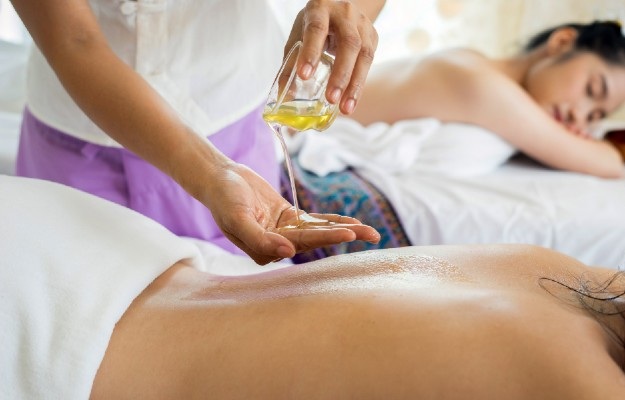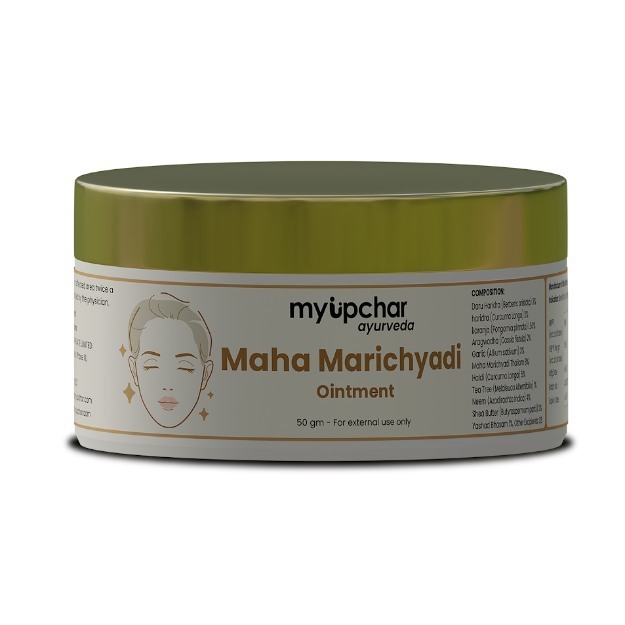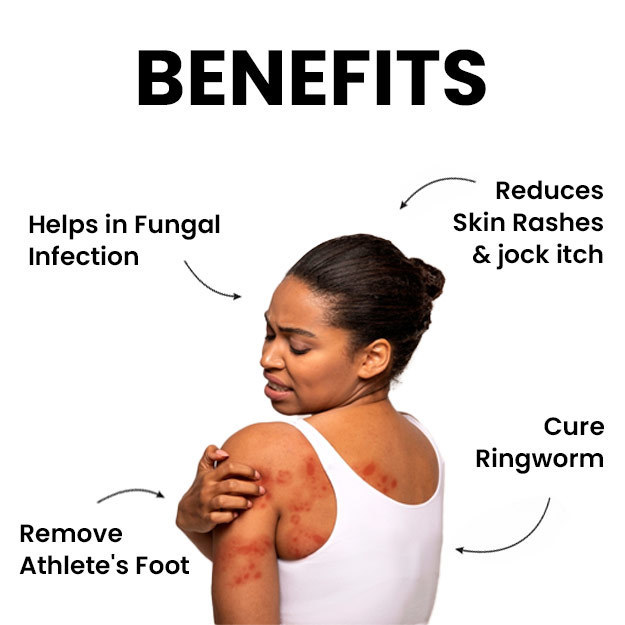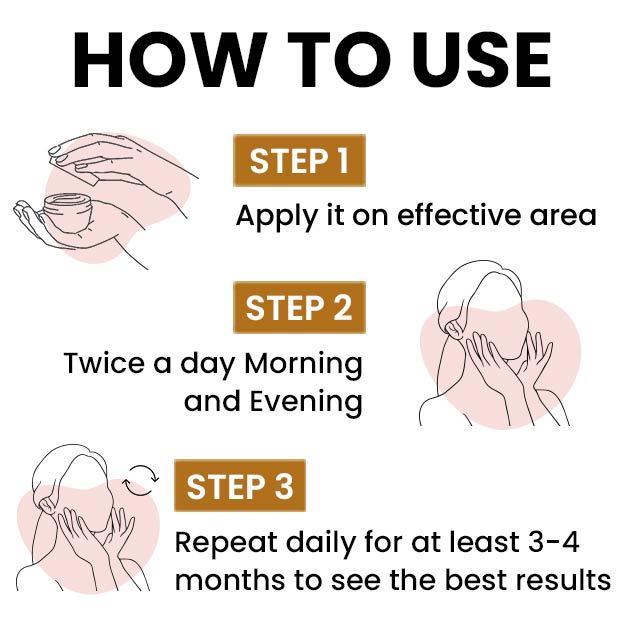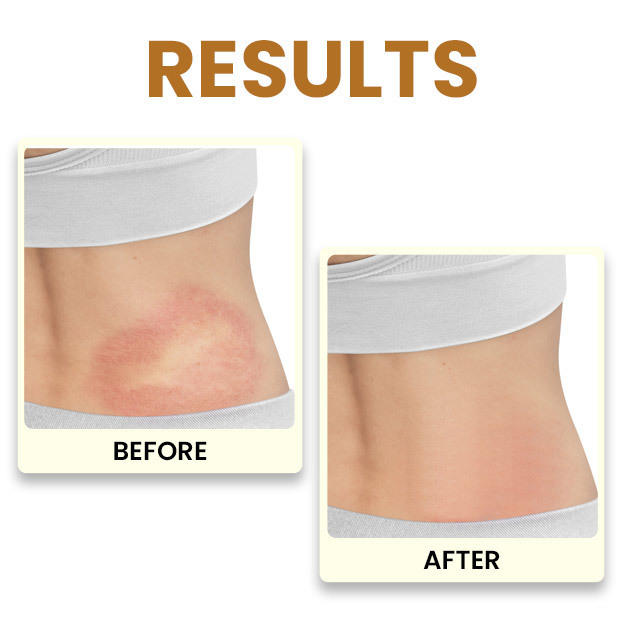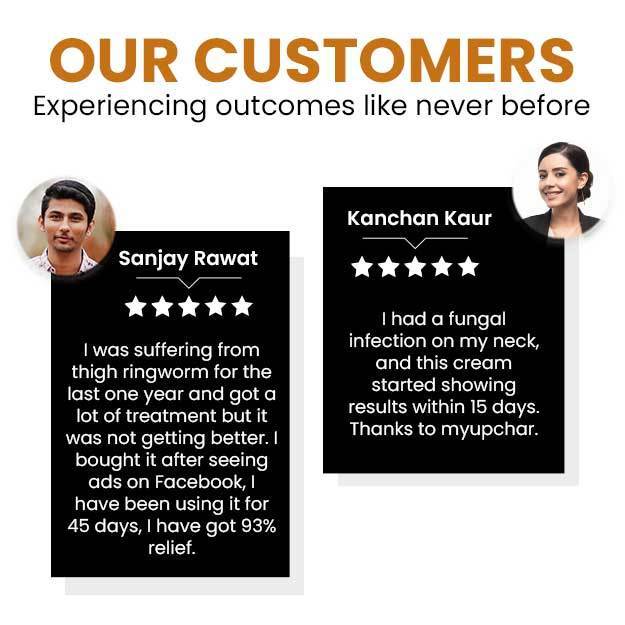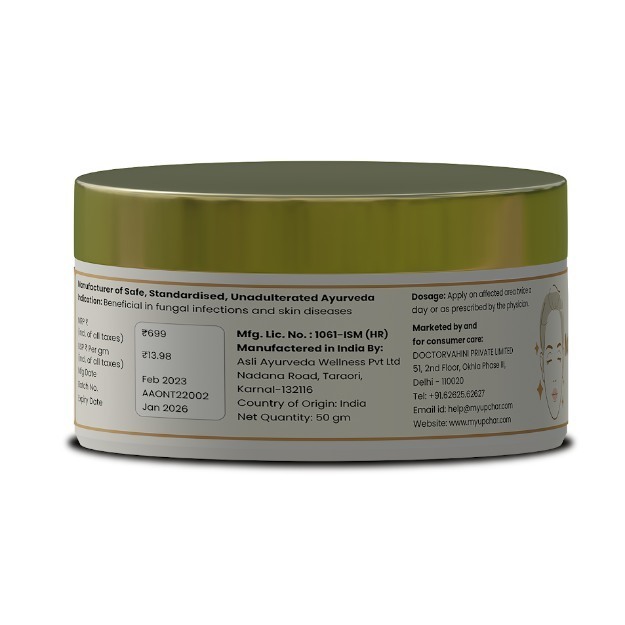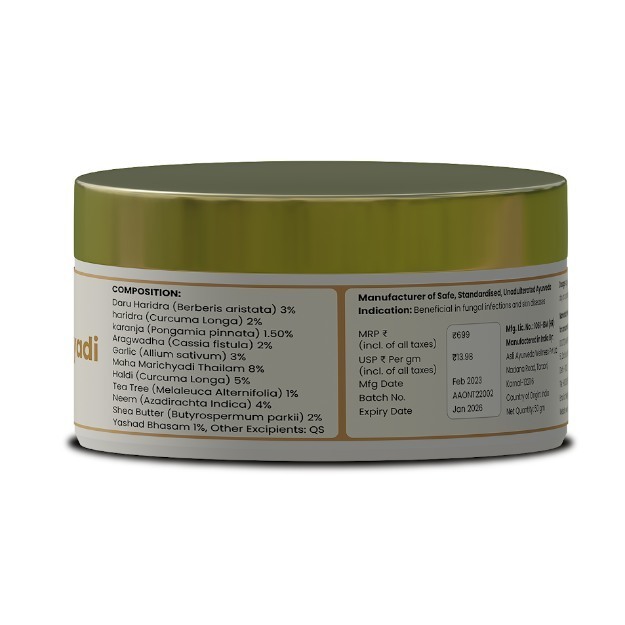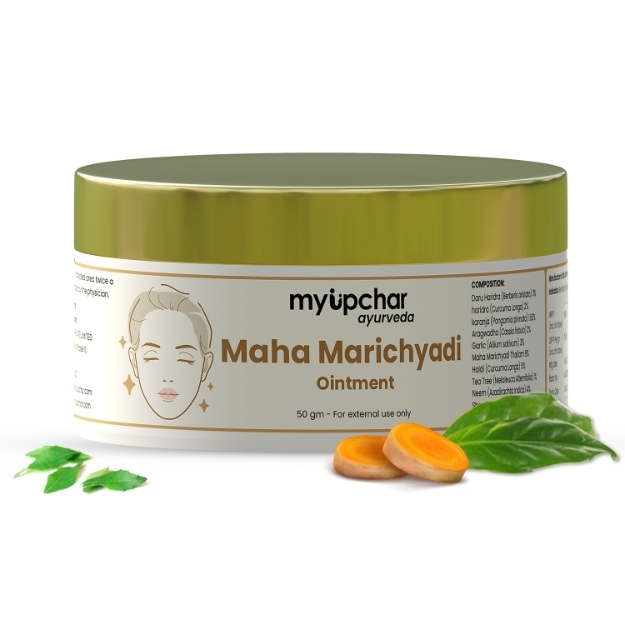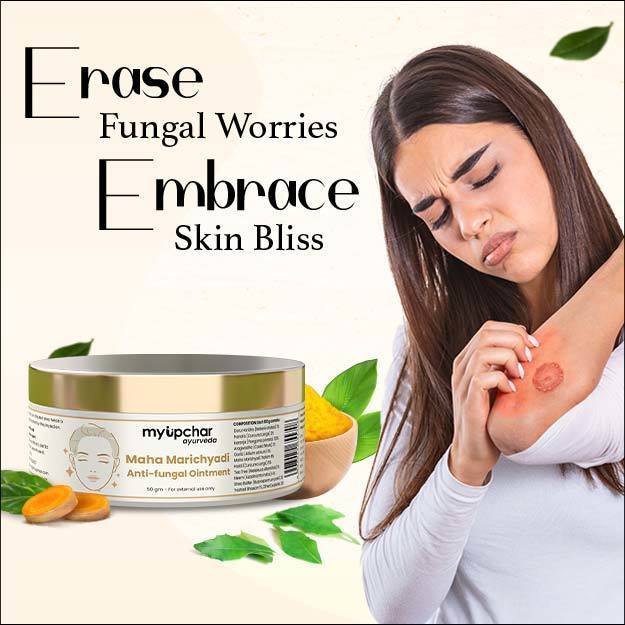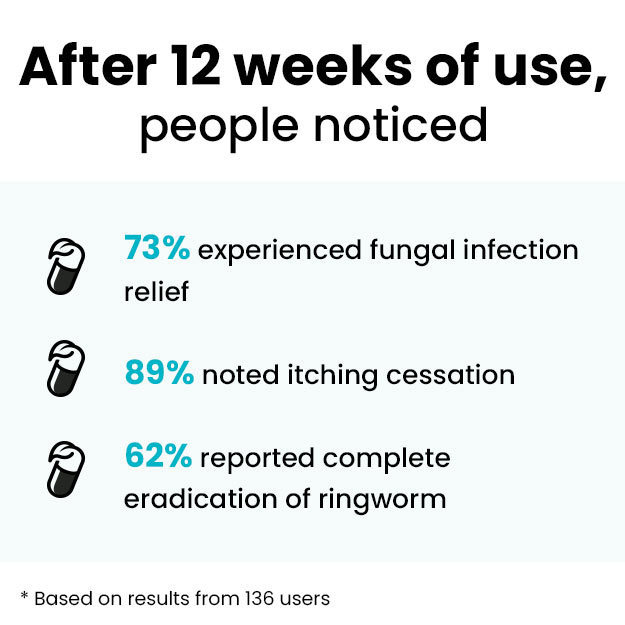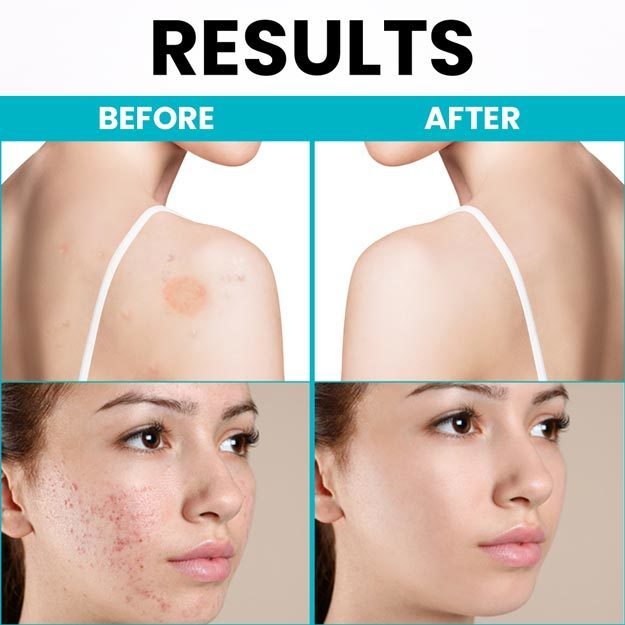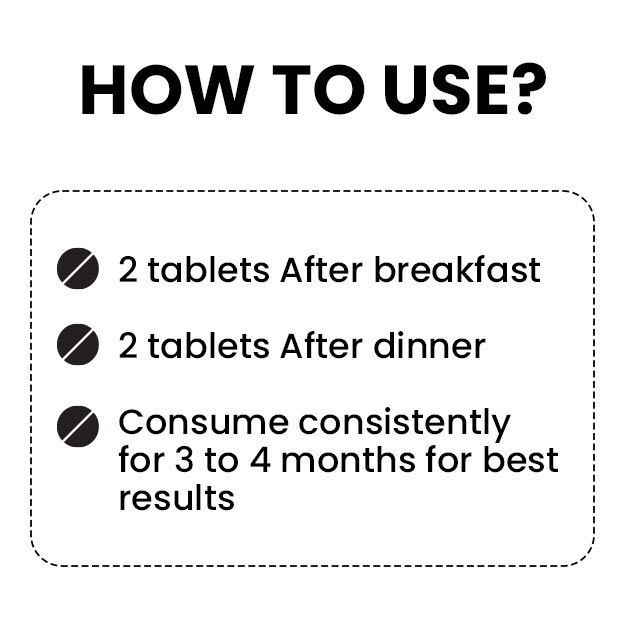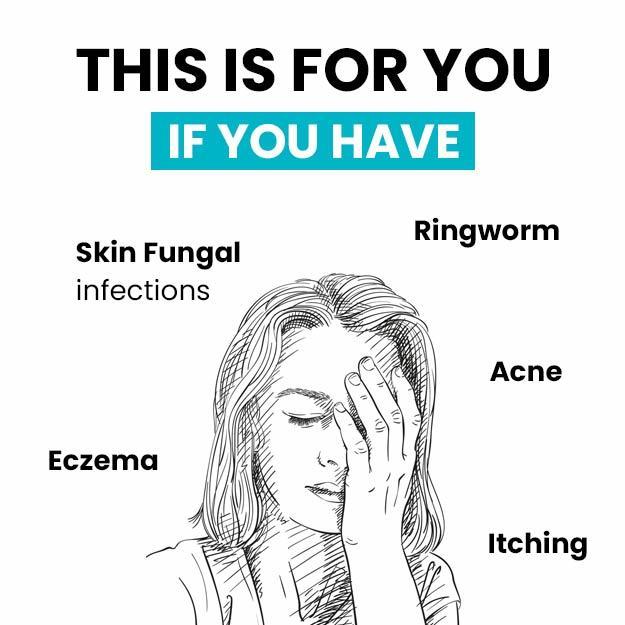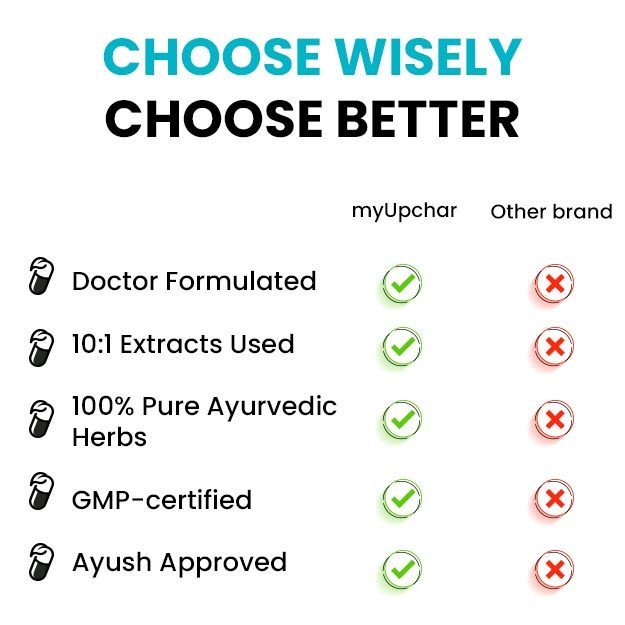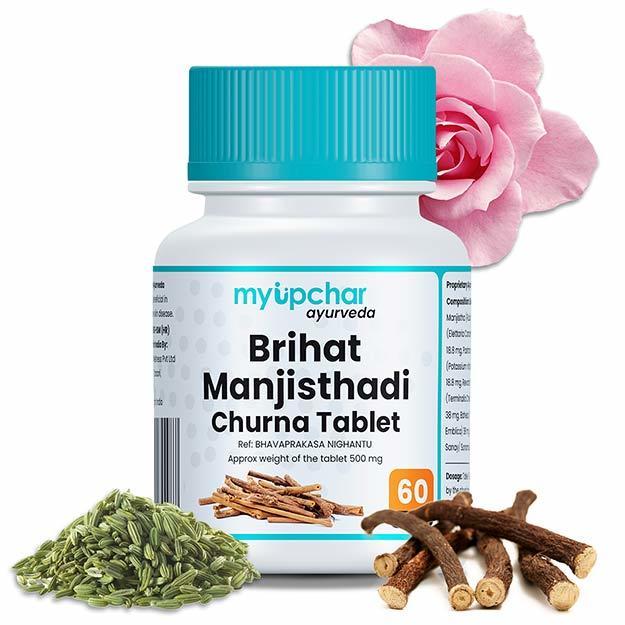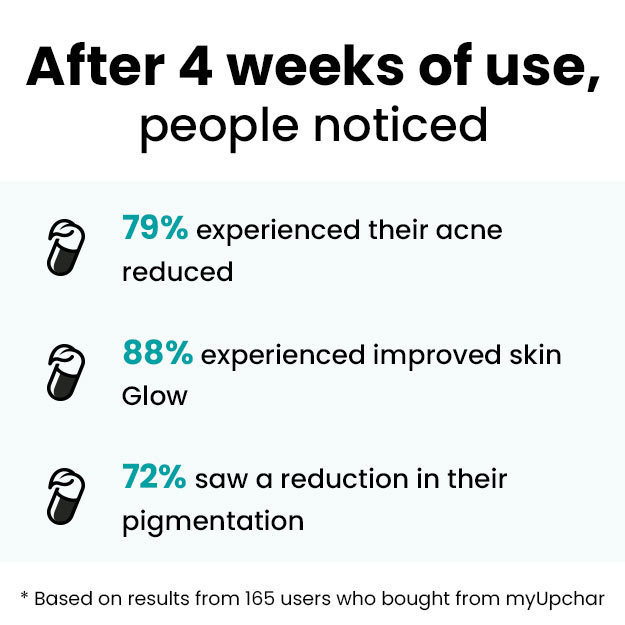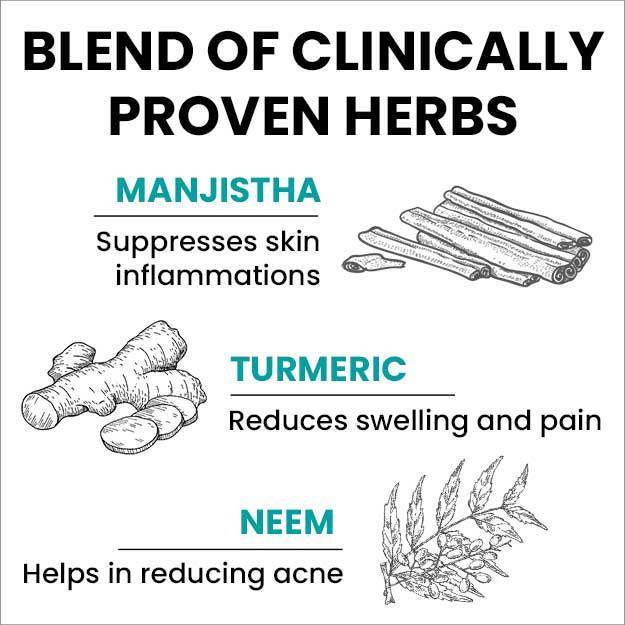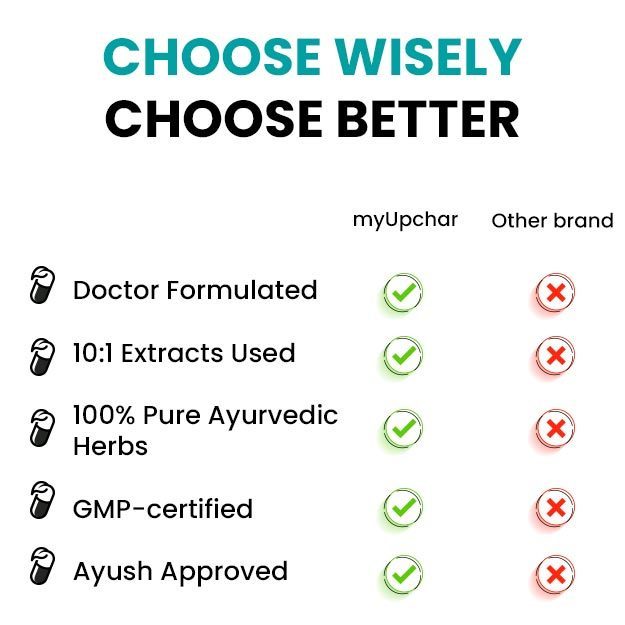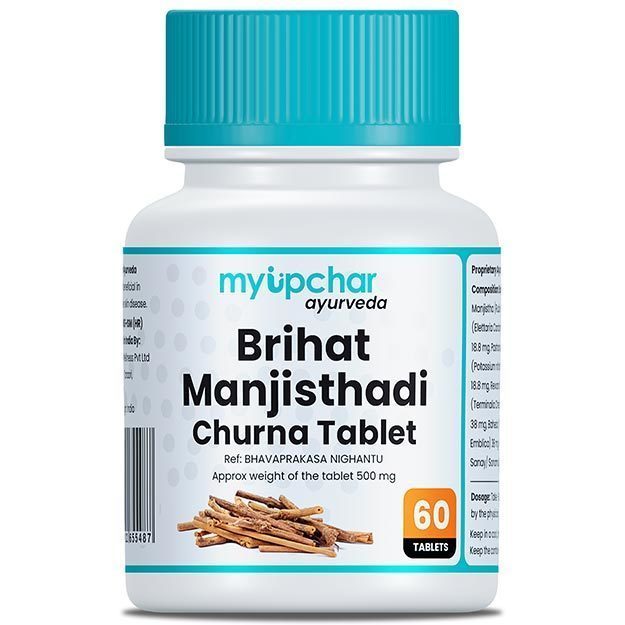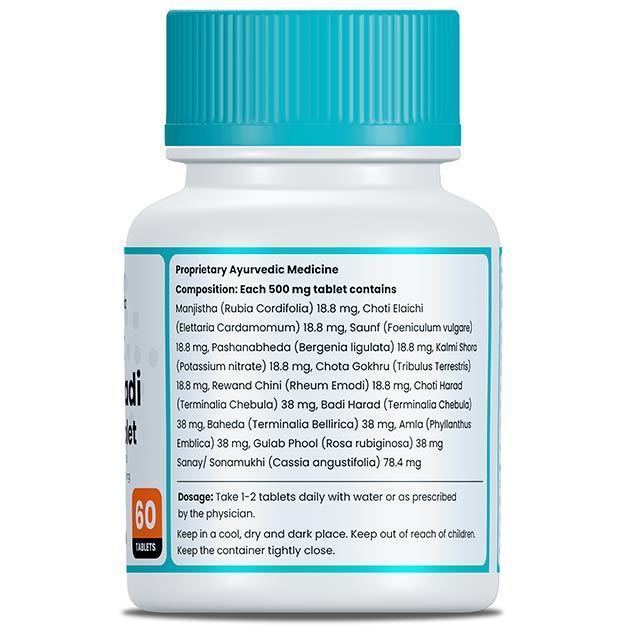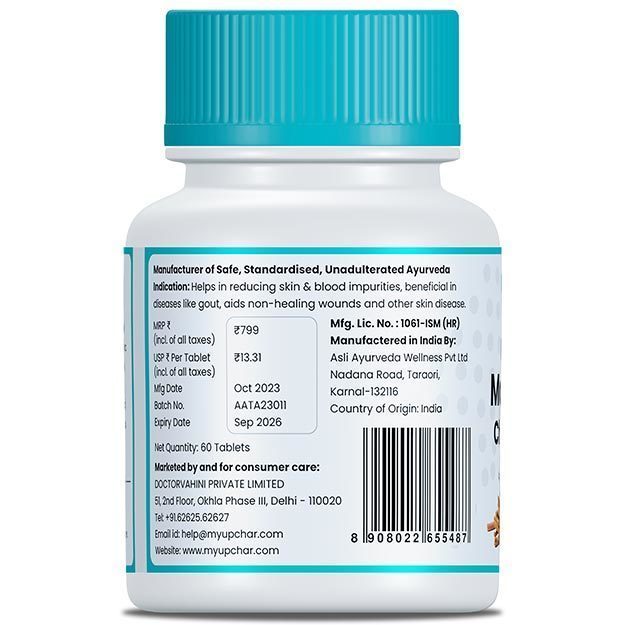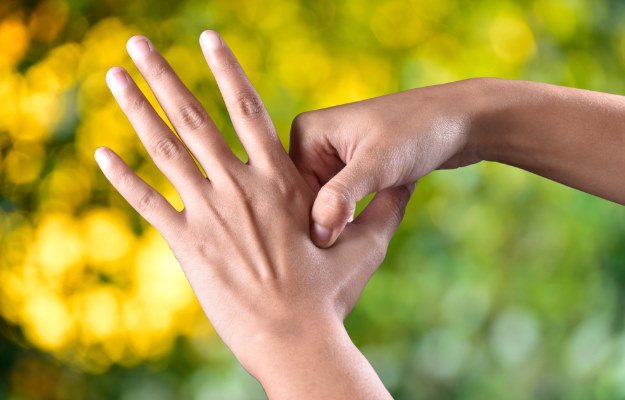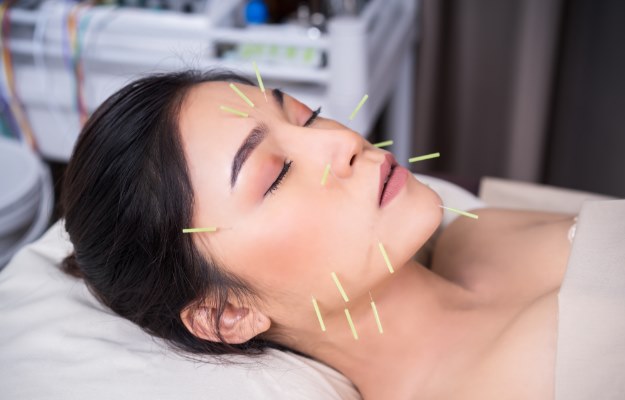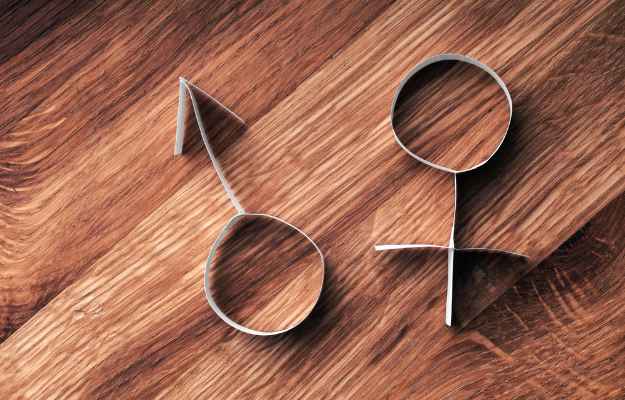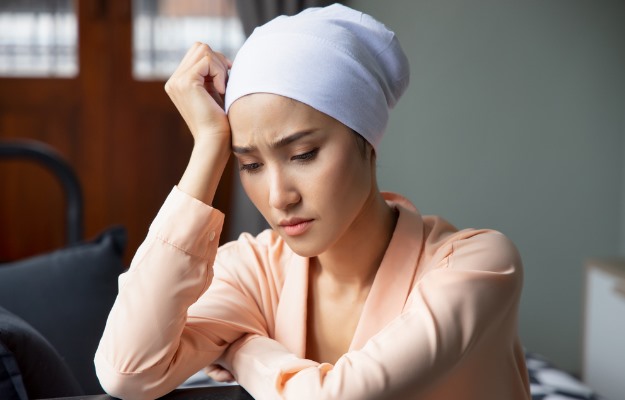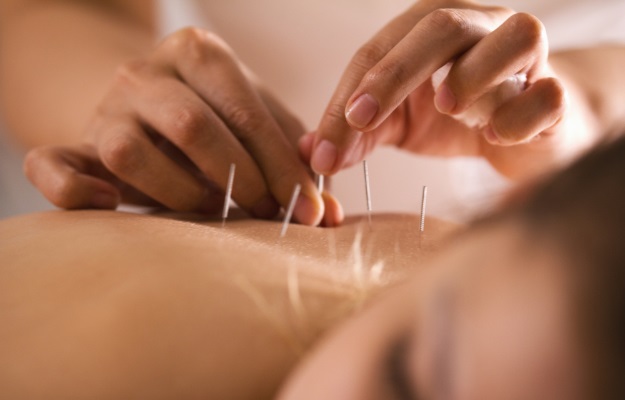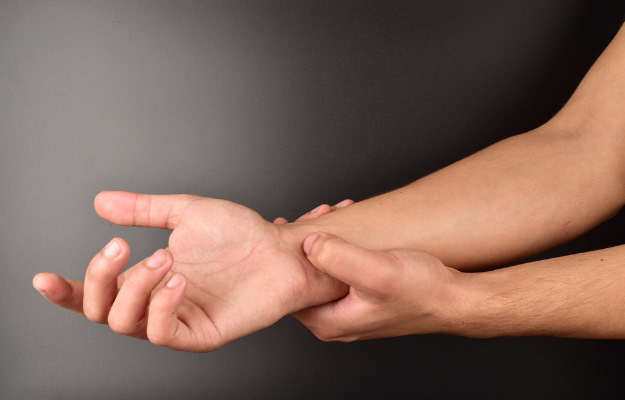If you visualize wellness systems as a tree, then therapy would be the trunk of that tree and the branches would be specific treatments. Treatment is done only when the body starts showing symptoms whereas therapy is done to maintain the health of the body. Treatment is the cure to a specific disease whereas therapy is the rehabilitation that comes afterwards.
Therapy is concerned with the overall health and well-being of a person. There are different therapies - like pharmacotherapy, beauty therapy, psychotherapy, and mind-body therapy - that help in maintaining the state of well-being in a person.
Most of these therapies provide not only physical relief but also take care of mental health. For instance, beauty therapy not only enhances the beauty of a person but also instils a sense of confidence in them. Similarly, mind-body therapy, which includes yoga and meditation, works on both the physical and mental aspect of a human body.
Beauty therapy
Beauty therapy is one of the therapies that focus on maintaining both the physical and mental well-being of a person. Beauty therapists offer treatments like applying make-up, eyelash and eyebrow shaping, colouring, manicures, pedicures, removal of unwanted hair, aromatherapy and body massage that help the person look and feel better.
There is a wide range of beauty therapy procedures which include:
- Hair removal treatments: Some people find their body hair unpleasant and want to get rid of them. Your beauty therapist can help you with various hair removal treatments like plucking, shaving, waxing and even laser hair removal treatments.
- Skin treatments: Some skin treatments like sclerotherapy (injecting a salt solution into the veins), collagen injections (protein-rich injections), laser skin surfacing and skin camouflage (in case of skin with burns and cut marks) can be done by a beauty therapist, according to the need of the person.
- Facials: The beauty therapist can use a wide variety of ingredients like creams, oils and gels for the facial. The facial basically involves cleansing of the skin to get rid of dead skin cells, use of a toner to unblock pores and moisturiser to rehydrate and brighten the skin.
- Nail treatments: Nail treatments like manicures and pedicures help in maintaining the hygiene of the nails of hands and feet. They also prevent fungal infections and ingrowth of the nails.
- Body treatments: Your beauty therapist may provide you with body masks containing seaweed, salt, mud, clay, herbs, fruits, oils and plants which leave your skin moisturised naturally. Other body treatments include body scrub, body massage and body wraps which help in detoxification of the body and also relieve the muscular tension.
- Hair treatments: From washing and pampering your hair to styling and colouring it, beauticians can provide a range of hair care services for dry hair as well as oily hair.
- Botox: This beauty therapy involves injecting botulinum toxin into the skin which reduces the signs of ageing like wrinkles, dark spots and fine lines.
- Teeth whitening: Beauty therapy like bleaching of teeth can help reduce the pigmentation of the teeth, making them brighter.
- Make-up application: Some people feel that makeup makes them feel like themselves, only prettier and more confident. Beauty therapists can help you learn how to enhance your beauty with makeup.
- Massage therapy: Of course, there are specialists who can give you a range of massage experiences like a deep-tissue massage. However, your beautician can also help you relax, reduce stress, and help with your beauty, hair and skincare with massages like a head massage, foot massage or face massage.
Read more: Ingrown nails: symptoms, causes, diagnosis, treatment, prevention
Physiotherapy
Physiotherapy is a method of treatment that incorporates recovery, prevention of injury, and promotion of complete well-being. Physiotherapy targets and treats the underlying physical trauma that would have been caused due to any injury, with the help of movement, exercise, manual therapy, education and advice.
Physiotherapy helps in restoring, increasing and maintaining physical strength and endurance in patients. Physiotherapy has been used for the management of respiratory (asthma, chronic obstructive pulmonary disorder), cardiovascular (chronic heart disease), neuromuscular (muscular dystrophy) and musculoskeletal (sports injuries, workout injuries, repetitive strain injury, arthritis, slipped disc) systems of the body.
Physiotherapy does not provide immediate relief but gradually improves the range of motion. It usually takes four to five weeks for complete treatment. The duration of the therapy can increase or decrease depending on the severity of the injury.
There are certain types of therapies done in a physiotherapy session.
-
Manipulation and massage
-
Physical exercises
-
Electrotherapy
-
Hydrotherapy
Manipulation and massage
Physiotherapists apply controlled movements to loosen injured joints and tissues. These small repetitive motions applied to the joints are known as mobilisation techniques.
For manipulation, the physiotherapist applies forceful single movements to the concerned joint, so that it is pushed past its limits to loosen up and get back to its original position. This can be painful but helps in regaining the original attachment of the joint.
Physiotherapists also do manual massage to relieve pain and reduce swelling.
Physical exercises
Physiotherapists help people regain their ability to do physical activity. These physical exercises help the person increase their range of motion, strengthen their muscles and enhance balance and coordination.
Electrotherapy
In electrotherapy, the physiotherapist uses electric current or impulses to stimulate the affected nerves. Types of electrotherapies include:
- TENS: The transcutaneous electrical nerve stimulation (TENS) is a technique where a machine delivers mild electric current to the specific nerve that sends the pain signals to the brain. This therapy relaxes the nerve, thus relieving the pain.
- Ultrasound: Ultrasound involves the transfer of high-frequency sound waves to deep tissue injuries, where the waves improve the blood circulation and increase cell activity. This helps in speeding up the healing process.
- Laser therapy: Lasers are used to reduce pain and muscle spasms in the injured sites.
- Short wave diathermy: In this technique, an electromagnetic field is generated which provides heat to the injured tissues of the body. This helps in reducing inflammation and pain.
Hydrotherapy
Hydrotherapy is one of the therapies where a natural environment is created for better treatment. Hydrotherapy is carried out in a pool, where the water has a temperature close to body temperature (37 degrees Celsius).
The physiotherapist then helps the person perform exercises in the water. While performing the exercises, the weight of the water pushes against the body, thus improving breathing and blood circulation. It also helps in relieving pain and strengthening muscles.
Occupational therapy
Occupational therapy helps people with a physical disability, long-term illness, learning disability and mental health problems perform daily tasks without any help. They help patients become independent so that they can prevent illnesses and develop good health.
The occupational therapists help people with learning disabilities to get involved in house activities like cooking and cleaning. The therapists also encourage them to use public transport as it would instil a sense of independence and confidence in them.
The therapists also help old aged people to rekindle their desire for living and meeting new people.

